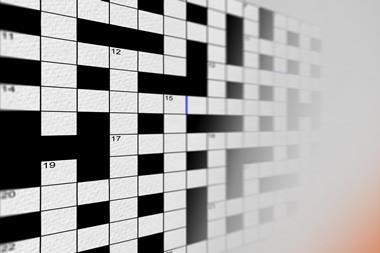The preface to
The new quantum universe
Tony Hey and Patrick Walters
Cambridge: CUP 2003 | Pp 357 | ?20.00 (SB) | ISBN 0521564573
Reviewed by Peter Karadakov
The preface to The New Quantum Universe quotes a prediction made by Paul Davis: ’The nineteenth century was known as the machine age, the twentieth century will go down in history as the information age. I believe the twenty-first century will be the quantum age.’ If one is after a very readable, insightful and inspiring guide to the theory underpinning the ’quantum age’, there is no need to look any further.
It is sufficient to leaf through the first several pages of the book in order to notice one of its most attractive features: The abundance of well-made and informative illustrations, including a number of cartoons drawn by George Gamow, and side-notes with pictures and biographies of great scientists. The experience quickly turns addictive, and many ’educated readers’ are likely to hunt down all illustrations and biographies before passing on to the main text.
In fact, The New Quantum Universe targets a much wider audience and offers an accessible introduction to quantum mechanics for people with little or even no previous knowledge of the subject area.
The authors suggest three possible routes through the book: After three introductory chapters on the wave-particle duality, the uncertainty principle and the Schr?dinger equation the reader can continue along strands focusing on the quantum mechanics of the solid state, on the quantum mechanics of stars and elementary particles, or on quantum paradoxes and quantum engineering.
Even the initial chapters offer more than well presented traditional material: There is an interesting discussion of the relationship between uncertainty and photography, and a short introduction to fractals.
This book contains equations. The most complicated of these is Dirac’s equation for the relativistic electron. However, as a rule, mathematical language is used only to express ideas which would either be too awkward, or inaccurate to formulate in words. No attempt has been made to avoid ’difficult’ topics-one example is the clear and easy-to-follow introduction to Feynman rules and diagrams.
There is an extensive discussion of the practical applications of quantum mechanics which covers a wide range of topics including nuclear energy, microelectronics, lasers, holography, scanning tunnelling and atomic force microscopy, superconductivity and nanotechnology.
Perhaps the best testimony to the quality of this book is condensed within Richard Feynman’s opinion of the first edition: ’The Quantum Universe has a quotation from me in every chapter-but it’s a damn good book anyway.’ The 15 years between the first and current editions are a long period of time in terms of the progress in modern science and technology, and the new edition does a very good job of covering not only the important new developments such as quantum cryptography, quantum computing and nanotechnology in general, but also the related evolution in our ideas of the future as depicted by the authors of science fiction books.












No comments yet